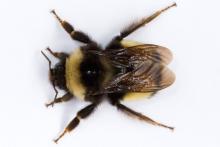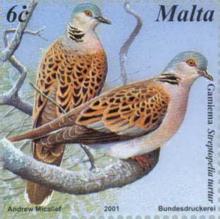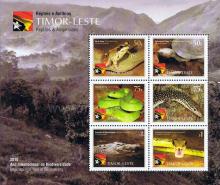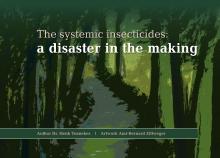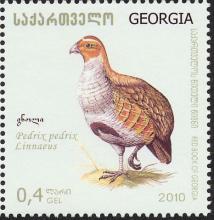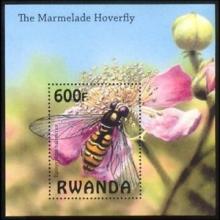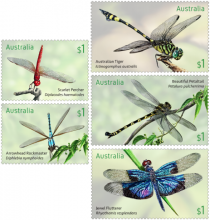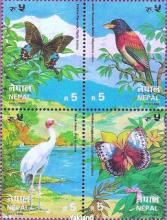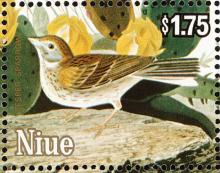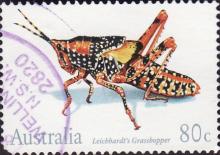Decline of bumble bees in northeastern North America
In this study, 150 years of Bombus records in the state of New Hampshire from the University of New Hampshire Insect Collection were examined. This allowed for changes in abundance and distribution to be tracked over time, with focus on species designated of greatest conservation need by NH Fish & Game Department. Floral records also provided insight into the diet breadth of these species, which may affect their vulnerability.

